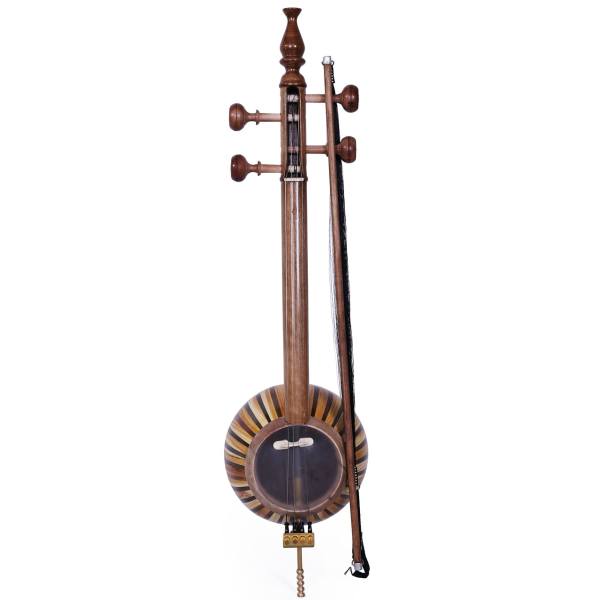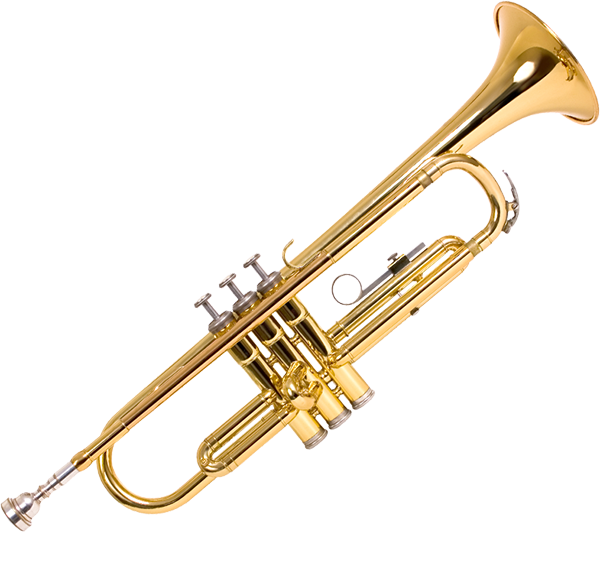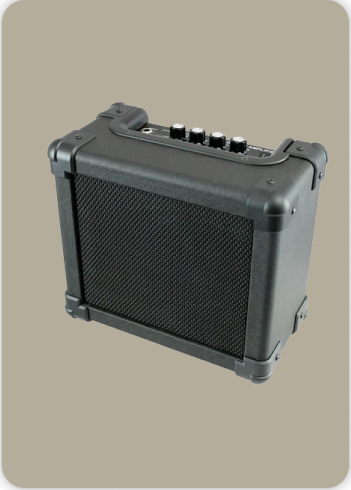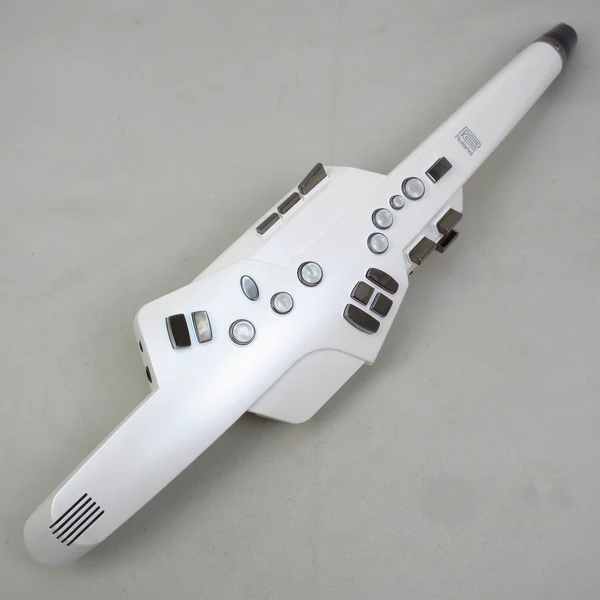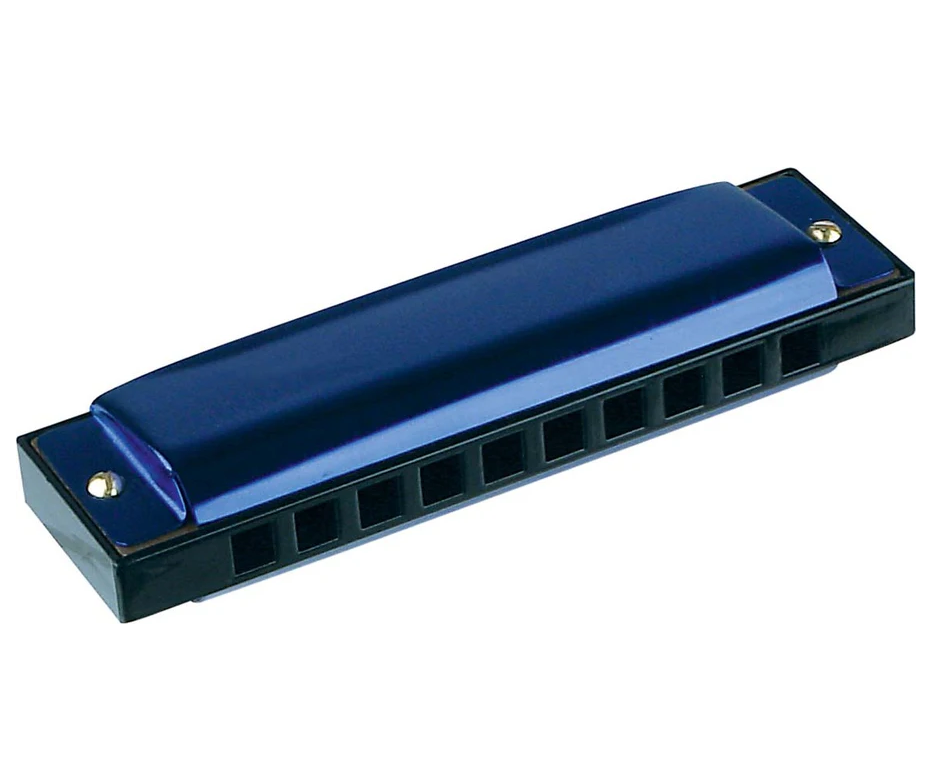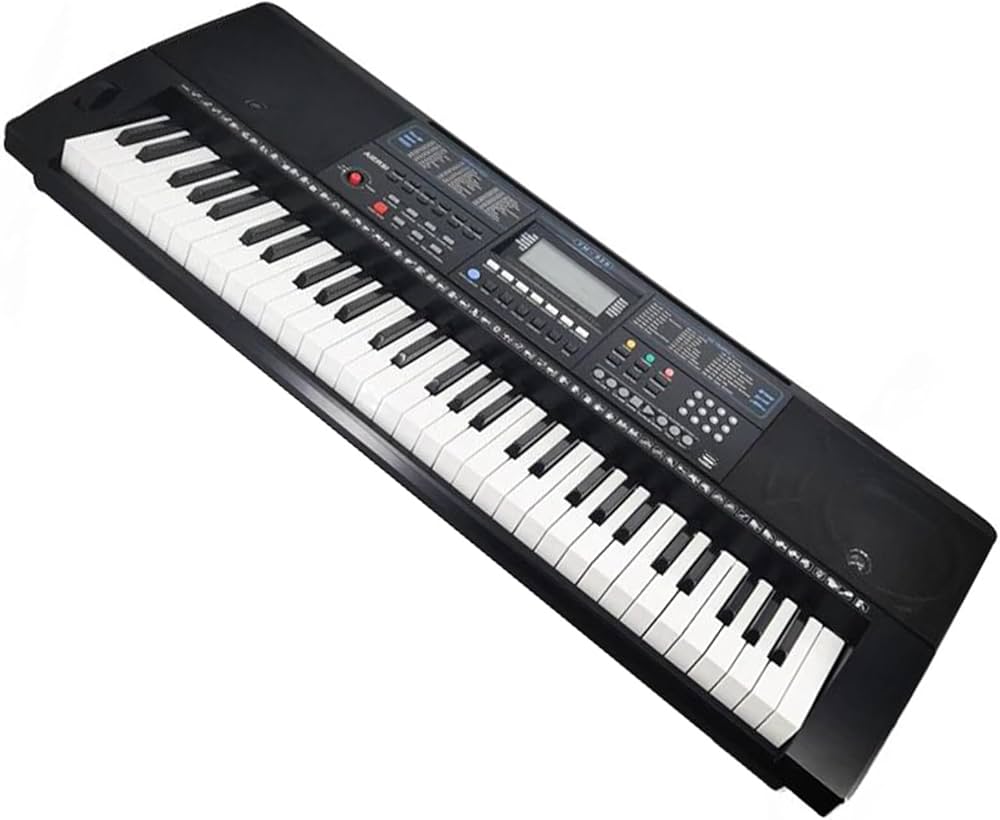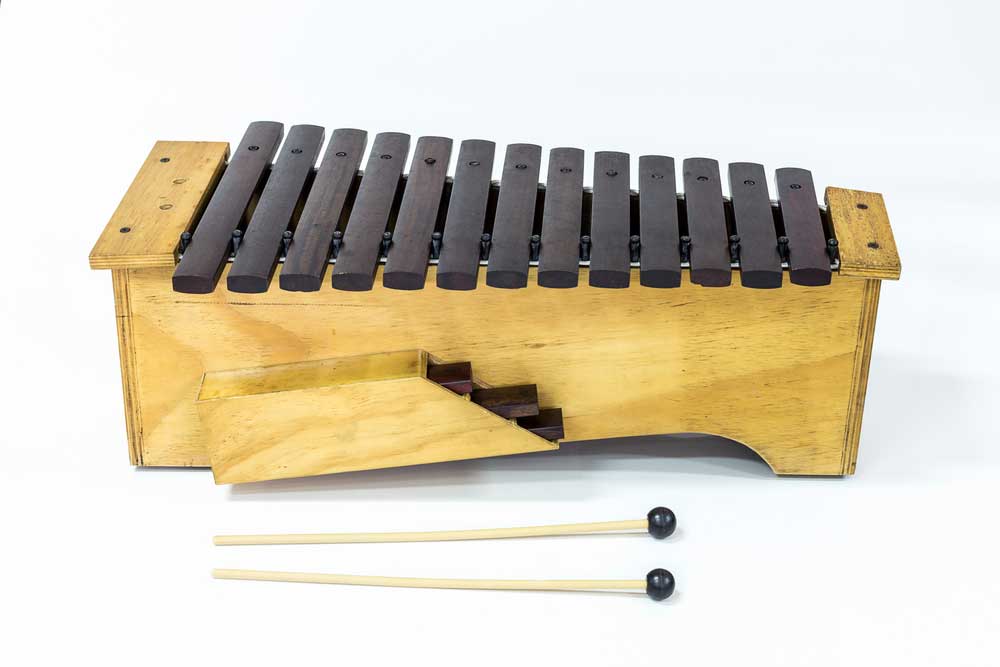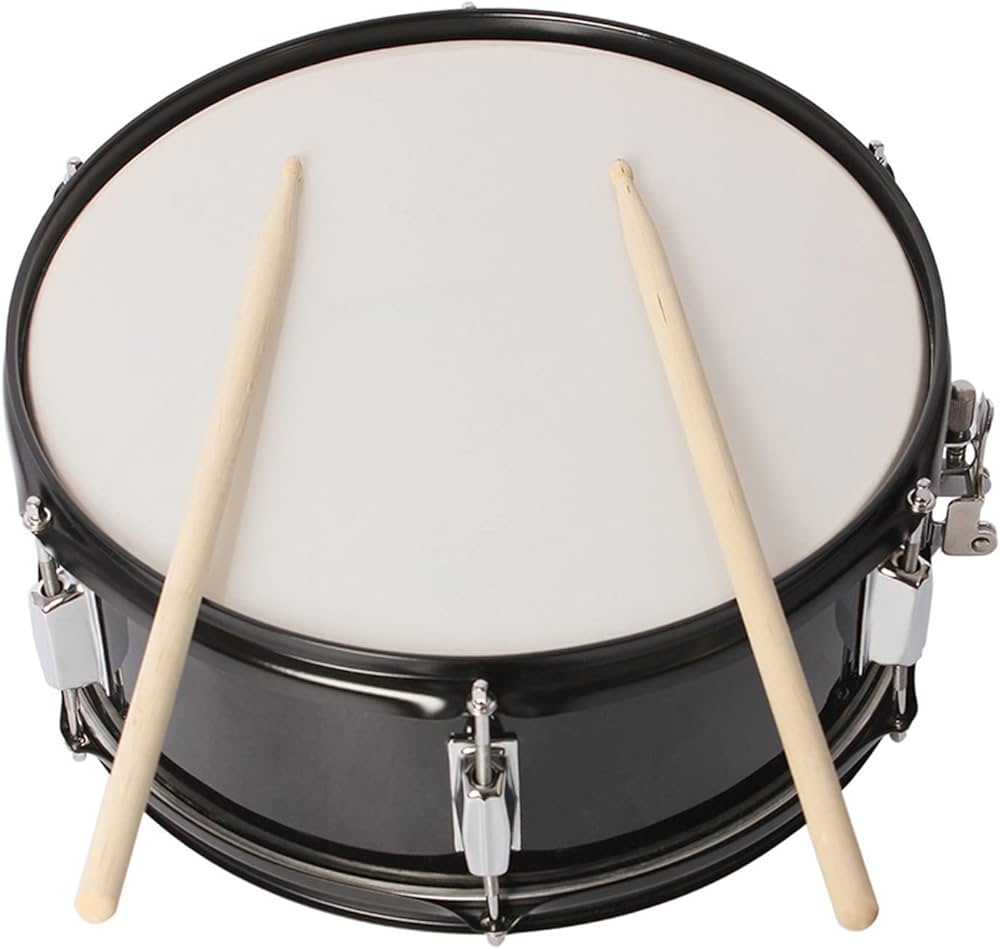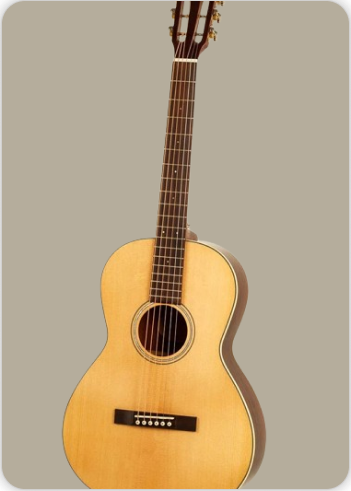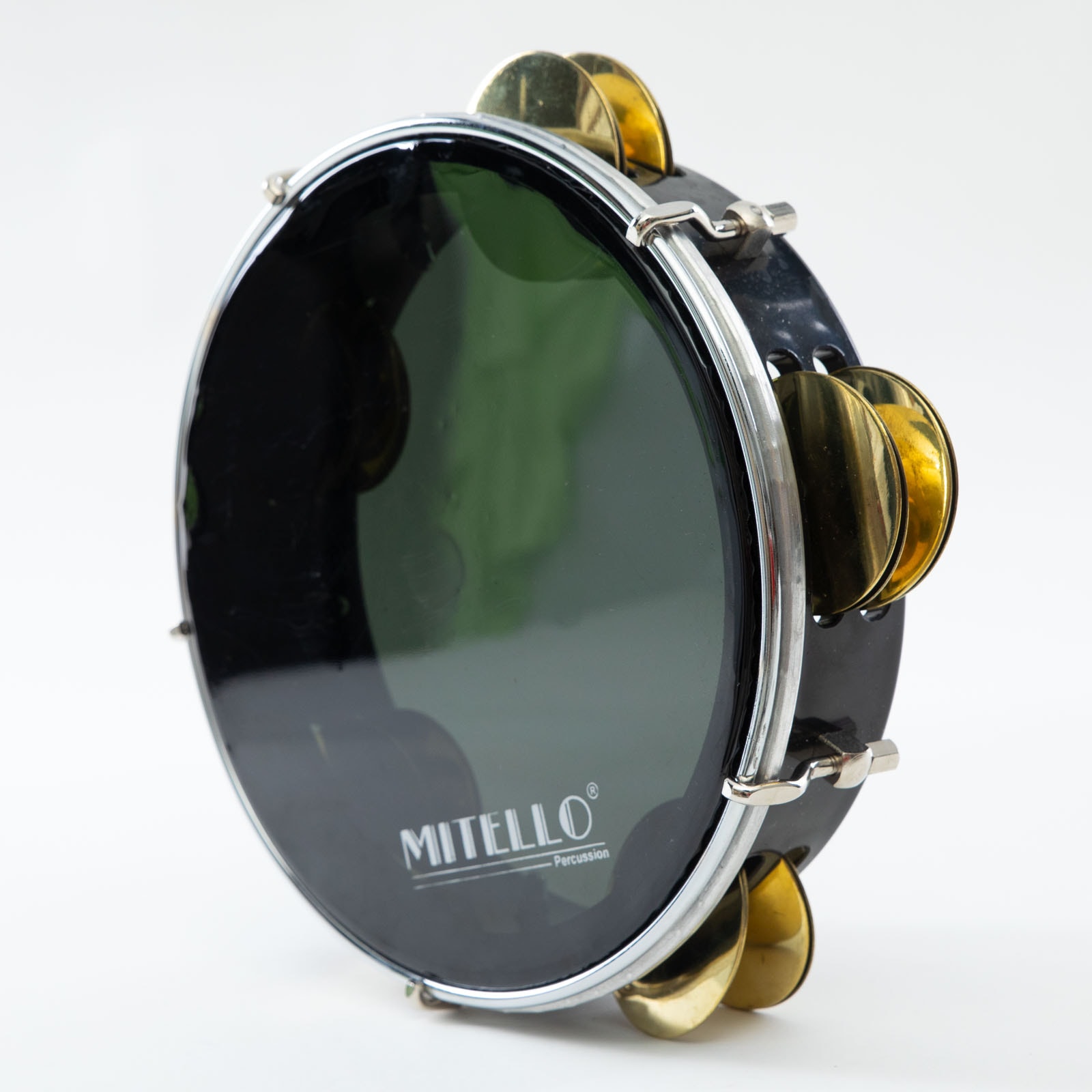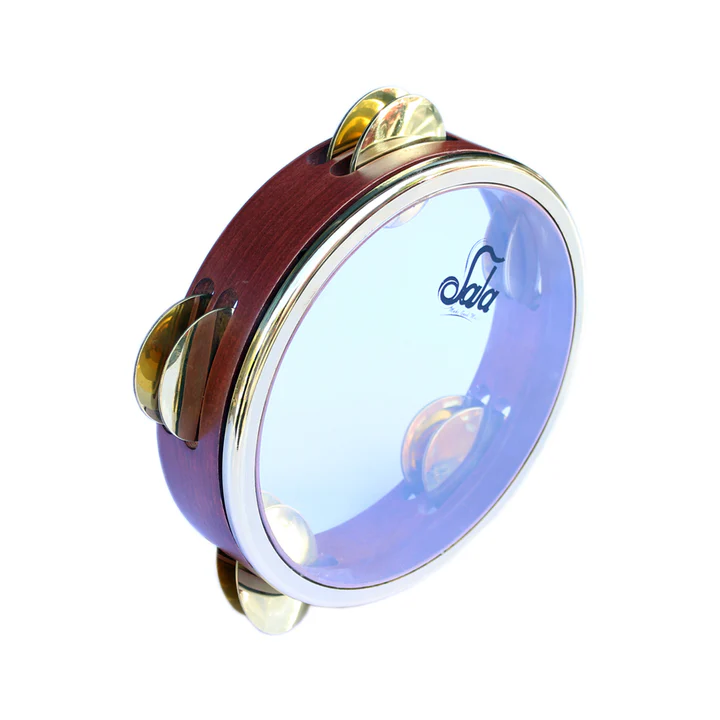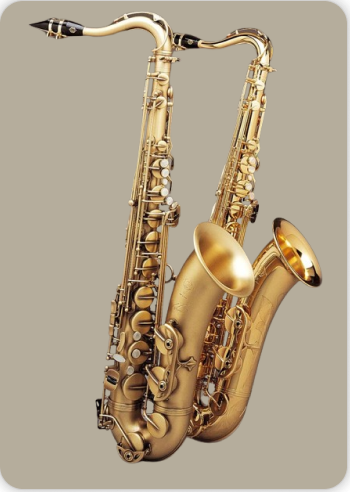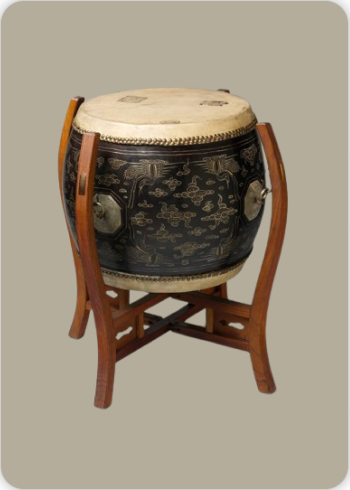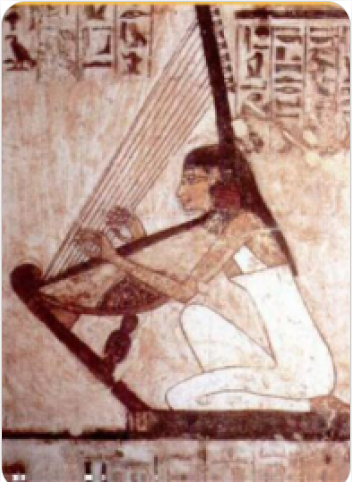Riq
Percussions
Middle East
Between 0 and 1000 AD
Video
The Riq, also known as Riqq, Reqq, or Rik, is a traditional Middle Eastern percussion instrument that resembles a tambourine. Typically measuring around 9 inches in diameter, it features a wooden frame with pairs of jingles and a membrane made from animal skin, usually fish or goat. The instrument is integral to various musical traditions across the Arab world and is often used to accompany classical Turkish and Arabic music as well as folk genres. Its distinctive sound is characterized by a warm blend of jingling and thudding, produced by striking the membrane and shaking the jingles simultaneously.
Type of Instrument
The Riq is classified as a frame drum within the membranophone family. Unlike many other percussion instruments, it combines both melodic and rhythmic elements. The jingles attached to the frame enhance its sound, allowing for a wide range of tonal expressions. While it shares similarities with the Western tambourine, the Riq’s construction and playing techniques set it apart, making it a unique instrument in its own right.
History
The Riq has a rich history that traces back to the Middle East, with its origins believed to be rooted in ancient musical traditions. It is thought to have emerged around the 10th century in regions such as modern-day Iraq and Turkey. Over the centuries, the Riq has evolved alongside various cultural influences, spreading throughout the Arab world and beyond. It has been embraced in countries like Greece and Italy, where it has adapted to local musical styles.
Construction
Traditionally, the Riq was crafted from a wooden frame that housed pairs of jingles made from metal. The membrane was typically made from fish or goat skin, providing a natural resonance that enhances its sound quality. In modern times, however, manufacturers have begun using synthetic materials for both the frame and membrane. The Riq usually contains ten pairs of small cymbals mounted in slits around the frame, which contribute to its distinct sound.
Types of Riq
There are various types of Riqs available today, differing primarily in size and construction materials. Some common variations include:
Traditional Riq: Made from wood with animal skin heads.
Modern Riq: Constructed with synthetic materials for durability.
Smaller Riq: Often found in North Africa, these versions may have different playing techniques.
Each type offers unique tonal characteristics and playing experiences.
Features
The Riq is notable for several distinctive features:
Jingles: The instrument typically has five double jingle pairs that produce a bright sound when played.
Membrane: The skinhead contributes to its warm tone but requires careful maintenance due to sensitivity to humidity.
Decorative Elements: Many Riqs are beautifully decorated with intricate designs or inlays, adding visual appeal.
Sound Production
The sound production on the Riq involves a combination of techniques. Players can create various sounds by:
- Striking the membrane with fingers or palms.
- Shaking the instrument to engage the jingles.
- Tapping on different parts of the drum to produce varying tones.
This versatility allows skilled players to create complex rhythms and textures that enhance musical performances.
Playing Methods
Playing methods and roles in music are essential aspects that contribute to the overall performance and expression of musical compositions. Playing methods refer to the techniques and approaches used by musicians to produce sound on their respective instruments or through their voices. For instance, string players may use techniques like pizzicato (plucking strings) or arco (using a bow), while percussionists employ methods such as striking, tapping, or dampening. Similarly, vocalists utilize breathing techniques, tone control, and articulation to convey emotion and deliver lyrics effectively. These methods require practice, precision, and a deep understanding of the instrument or vocal range to achieve mastery.
Roles in music define the function or responsibility of each performer within a musical ensemble or piece. For example, in a band, the drummer provides rhythm and tempo, the bassist adds harmonic depth, and the guitarist or pianist often carries the melody or chord progressions. In orchestras, roles are distributed across sections, such as strings, brass, woodwinds, and percussion, each contributing unique textures and dynamics to the overall sound. In vocal groups, singers may assume roles such as lead vocalist, harmony singer, or backup vocalist, ensuring balance and cohesion. Whether in solo or group settings, playing methods and roles intertwine to create a harmonious and expressive musical experience, showcasing the collaborative and technical essence of music-making.
As contemporary musicians continue to explore their potential, the Riq remains an essential component of both traditional and modern music scenes.
FAQ
What type of music is the Riq used for?
The Riq is commonly used in traditional Middle Eastern and Arabic music. It plays a vital role in classical performances, folk music, and dance rhythms. The instrument provides intricate rhythms and accents, complementing other instruments in ensembles. It is also widely featured in modern adaptations of Arabic music.
What are the types of Riq available?
There are two main types of Riq: traditional and modern. The traditional Riq has a wooden frame with natural animal skin for the drumhead, while the modern version often uses synthetic materials. Both types feature pairs of brass or steel jingles for added sound. Modern Riqs are lighter and more durable for contemporary performances.
What distinguishes the types of Riq jingles?
Riq jingles are typically made of brass or steel and vary in tone. Traditional Riqs have heavier brass jingles that produce a warm, resonant sound, while modern Riqs may have lighter jingles for a sharper tone. Some Riqs use mixed metals to balance sound characteristics. The jingle type impacts the overall rhythmic texture.
 Links
Links
References
Other Instrument
Categories
